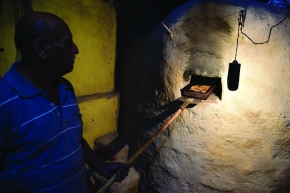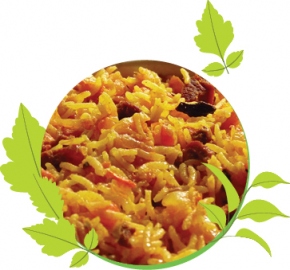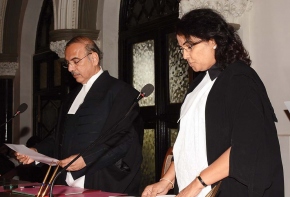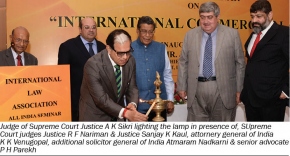Latest
- Bank Of India, Women's Day Celebration at Zonal Office Patto Plaza.
- Bridging Goa
- Death and Revival of bakery
- Fighting Cancer
- Cookbook Ishtann releases 7th edition
- Symposium of art icons MOG
- Goa government honours Dr Salkar with Best Social Worker award
- Iskcon celebrates Jagruti 2019
- GoaMiles Taxi App completes six successful months
- Condé Nast Traveller honours Goa with Favourite Leisure Destination award
MICROWAVE COOKING
By ROHINI DINIZ on September 20, 2017
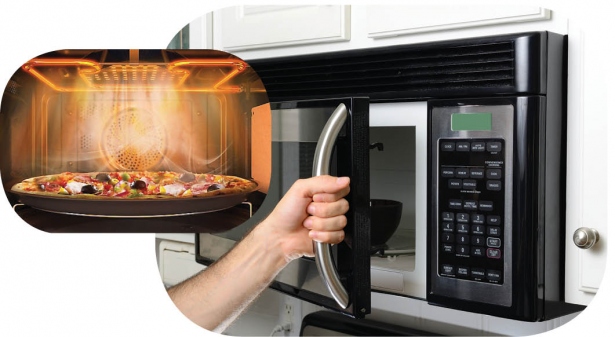
Microwave cooking is more than just an energy-saving, convenient, and time-saving cooking method
Advances in science and technology have helped to make life more comfortable and many of these innovations have also remarkably transformed cooking and eating habits. The use of microwave ovens is one example. Although this method of cooking is gaining popularity in India, there are several doubts regarding the use of microwaves for cooking.
Microwaves are non-ionising high-frequency, short-length electromagnetic waves. A simple microwave oven consists of a metal cabinet into which a magnetron or electronic tube is inserted. The magnetron generates an alternating power field with a rapid frequency. The cabinet is equipped with a metal fan which distributes the microwaves as they reflect and bounce between the metal walls. This causes contact by microwaves from all directions.
In traditional cooking methods, heat energy is transferred to food from the source in three ways - conduction, convection and radiation. During conduction, heat moves from one particle to another through contact. Convection involves movement in the mass heated by the formation of currents as the heated portion of the food becomes lighter in density and rises away from the heat source, thus setting circulation. Unlike the other methods, microwaves do not need a medium to transfer heat which is why the containers used for cooking do not get hot.
Microwave ovens work on the principle that food molecules act as dipoles – a pair of equally and opposite charged or magnetised poles - as they exhibit both positive and negative charge at opposite ends of the molecule.
Read the full article in 'Viva Goa' magazine copy.
Viva Goa magazine is now on stands. Available at all major book stalls and supermarkets in Goa.
Viva Goa magazine is now on stands. Available at all major book stalls and supermarkets in Goa.









